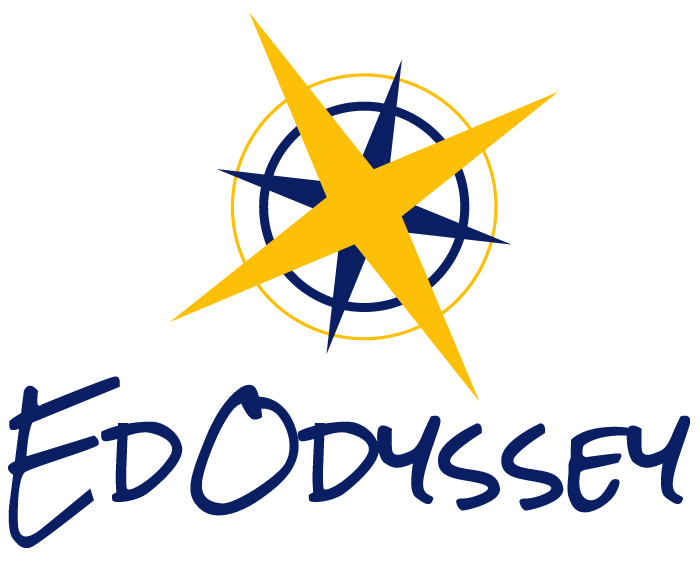Blog
What Makes European Spring Festivals Unique
Europe is not only a popular destination in springtime for its accommodating weather and gorgeous views, but also for the multitude of festivals found throughout countries! No matter where you are during spring in Europe, you’re bound to come across one or two events! European spring festivals are known to respect their history and showcase aspects of their culture.
6 Major Program 2019 Highlights Across Our 5 Locations
As we close up shop on 2019, we’re excited to share with you some notable highlights, including amazing activities and famous sites, that groups of students and faculty were able to enjoy all around the globe! Here’s a closer look into our custom programs during 2019…
Fun Fall Cultural Celebrations Around the World
Cultures celebrate the deceased in various ways. For those of us who have grown up in the United States, we may associate Halloween with costumes, trick-or-treating, and horror movies, but many countries have their own rituals.
How Teachers Can Bring The World Into The Classroom
Often, we hear of students studying abroad, but how might teachers and faculty go about experiencing new cultures that can add value to their classrooms back home? We spoke with Greg Semplice, an avid traveler and high school teacher, and discussed his self-led program EdOdyssey had designed for him while exploring Spain this past July.
Spain Immersion Program - Student Interview
Matt's experience with traveling and studying languages began several years ago in 2014 when Matt participated in a 4-week long exchange that brought him to Spanish city of Cordova, Spain. Here is an excerpt from his alumni interview!
Search previous blogs here.




